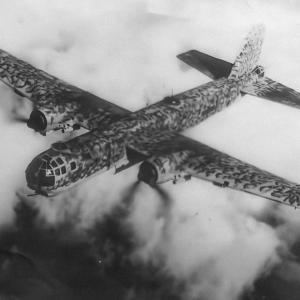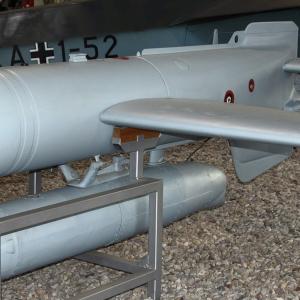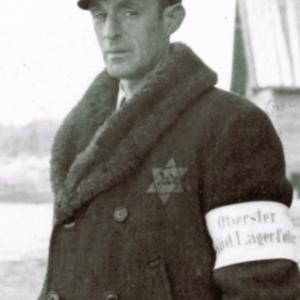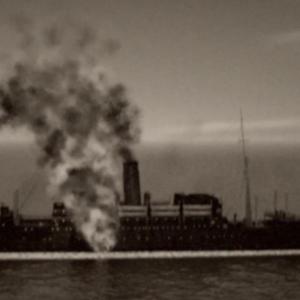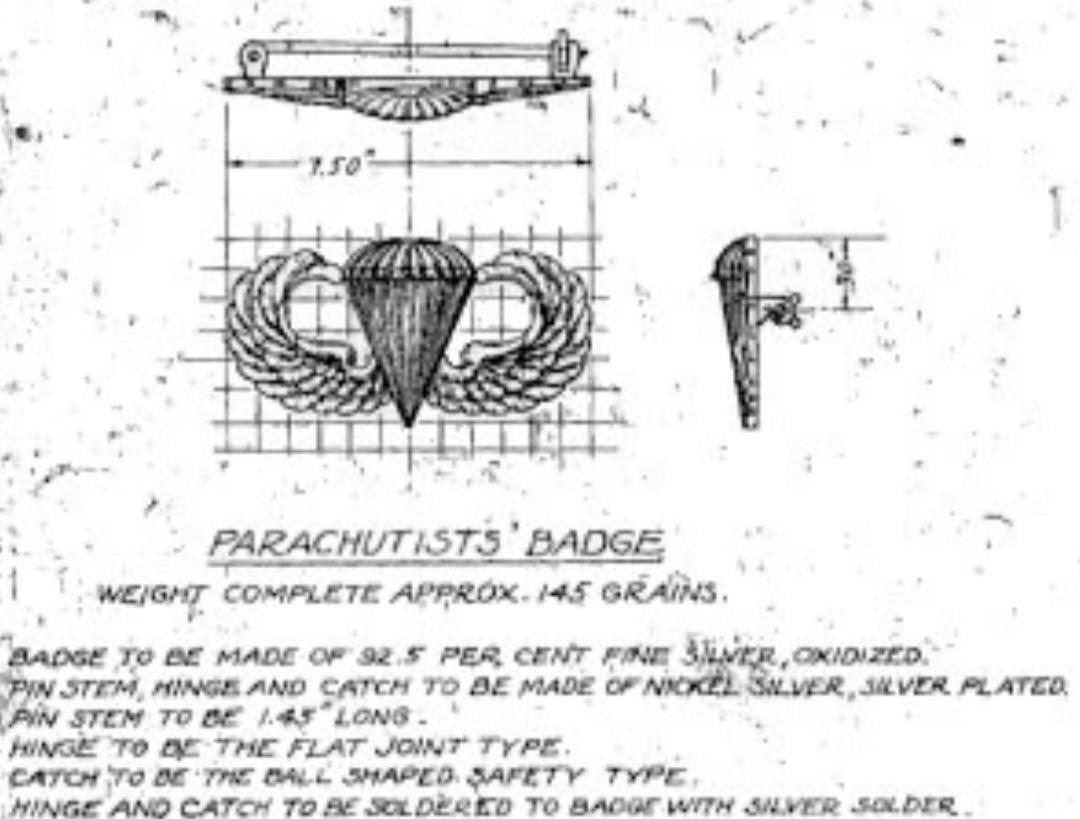
U.S Paras Badge
During the early years of developing the United States Army's airborne forces in the late 1930s and early 1940s, there emerged a growing need for a distinctive badge to recognize parachute-qualified soldiers. At the time, these elite troops had no official insignia to identify their specialized training and role. Some early paratroopers wore a simple cloth parachutist patch on their garrison caps or jackets, but nothing formal had been authorized. This changed in 1941 when the War Department moved to formally recognize the achievement of completing parachute training.
The person credited with designing what would become the U.S. Army’s iconic Parachutist Badge—commonly referred to as jump wings—was then-Captain William P. Yarborough. Yarborough, who would later rise to the rank of lieutenant general, was a key figure in the early development of U.S. airborne forces and was assigned to the 501st Parachute Infantry Battalion, the Army’s first test parachute unit. His background, which included both command and logistical experience, made him a natural choice to take on the task of designing a badge that would carry both practical and symbolic weight.
In early March 1941, Captain Yarborough was sent to Washington, D.C. to work with the War Department and the Office of the Adjutant General to develop an official badge. He brought with him a series of design sketches. One of his early concepts featured wings that spread outward and slightly upward, a style that was ultimately rejected because it bore too close a resemblance to the wings worn by pilots and aircrew. Seeking a more unique representation, Yarborough revised the design to include a parachute flanked by stylized wings that curve upward at the tips and meet the canopy—a visual representation that distinctly separated the airborne soldier from other aviation personnel.
After final revisions and reviews through official channels, the design was submitted to the Heraldry Branch under the Office of the Quartermaster General. On March 10, 1941, the Parachutist Badge was formally approved by the War Department. The approved design featured an open parachute centered above a pair of outstretched wings, symbolizing flight and airborne capability. This badge became the official mark of an American paratrooper and has remained largely unchanged to this day.
The initial badge represented only one level of parachutist qualification. However, in the years following World War II, the Army introduced two additional levels: Senior and Master Parachutist. These were denoted by a star above the parachute for Senior, and a star surrounded by a wreath for Master. These additions acknowledged a soldier’s experience, jump count, and leadership in airborne operations. While these enhancements came after the war, they remained true to the core visual language established by Yarborough.
Beyond the badge itself, Yarborough also influenced other visual elements associated with airborne troops. He helped standardize the use of colored oval background trimmings—often called airborne ovals—which are worn behind the Parachutist Badge on dress uniforms. These background flashes vary by unit and add further distinction to airborne service.
The Parachutist Badge, born from both artistic vision and military necessity, quickly became a symbol of courage and elite status among U.S. forces. Soldiers who earned the badge had completed grueling jump school training and were often among the first into combat during airborne operations. The badge’s symbolism only deepened as airborne forces distinguished themselves in major campaigns such as Normandy, Market Garden, and the Battle of the Bulge.
During World War II, jump wings were produced by numerous manufacturers, both in the United States and abroad. U.S.-based companies typically used pin-back fasteners with rolling-lock catches. British-made versions, which were common for units deployed in Europe, often featured thicker pins and hook-and-clasp fasteners. The finish of the badges varied from smooth and polished to more textured or sharply defined, depending on the die and metal used. Some had maker’s marks stamped on the reverse, while others were plain. Post-war versions increasingly adopted clutch-back fasteners.
Well-known manufacturers during and shortly after the war included companies such as American Emblem Company, Amico, N.S. Meyer, and Vanguard. Each had slight stylistic differences in how the wings were rendered, how the parachute was detailed, and how the badge was fastened. The materials used also varied between sterling silver, silver-plated brass, and other alloys. Collectors today can often identify wartime versus postwar production based on these subtle differences.
While the Army had a clearly defined and centralized Parachutist Badge design, the Navy and Marine Corps followed a different path. During World War II, Marines and Navy personnel who completed parachute training typically wore the Army’s jump wings, as there was no separate authorized Navy or Marine badge at the time. However, there was an unofficial badge known as the Parachute Rigger Badge, originally created for those who graduated from the Navy’s Parachute Rigger School at Lakehurst, New Jersey. This badge, featuring a similar parachute-and-wings motif but finished in gold rather than silver, was often worn unofficially by Marine paratroopers and Navy personnel involved in airborne roles.
Marines in particular sometimes favored the gold Navy-style badge for its visual appeal, despite regulations. By the end of the war, many Marine parachutists had unofficially adopted the rigger badge as their preferred insignia. It wasn't until 1963 that the Navy and Marine Corps formally adopted their own parachutist insignia. The gold rigger-style badge became the official Navy and Marine Corps Parachutist Insignia, and it could now be awarded more broadly—not only to riggers, but to anyone who completed the necessary airborne qualification.
Visually, the differences between the Army and Navy/Marine Corps badges lie primarily in color and detailing. The Army badge is silver and has a slightly more standardized wing design, while the Navy/Marine version is gold and may include different detailing depending on manufacturer. The Navy and Marine badge often came with one-piece stamped construction and used various fasteners depending on the production period and manufacturer.
Today, these distinctions remain. Army personnel wear silver jump wings, while Navy and Marine personnel wear the gold version if qualified. Though similar in basic layout—parachute centered between outspread wings—the badges reflect different branches, traditions, and histories. Both, however, trace their lineage back to the efforts of designers, craftsmen, and military leaders in the early 1940s who sought to give airborne troops a mark of honor worthy of their unique role.

